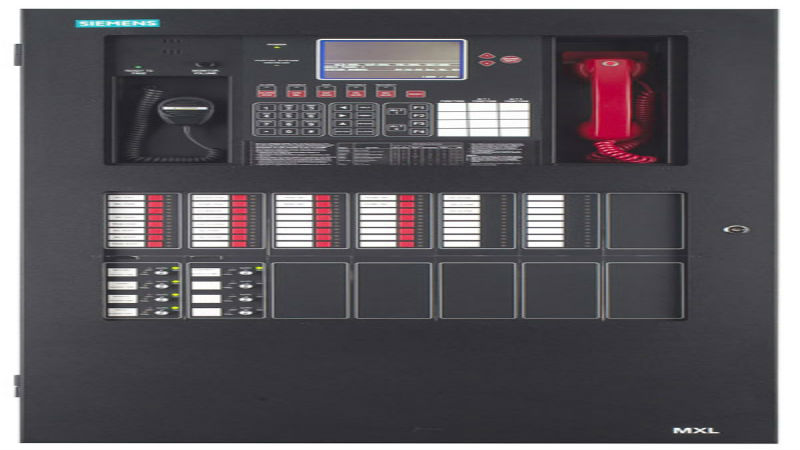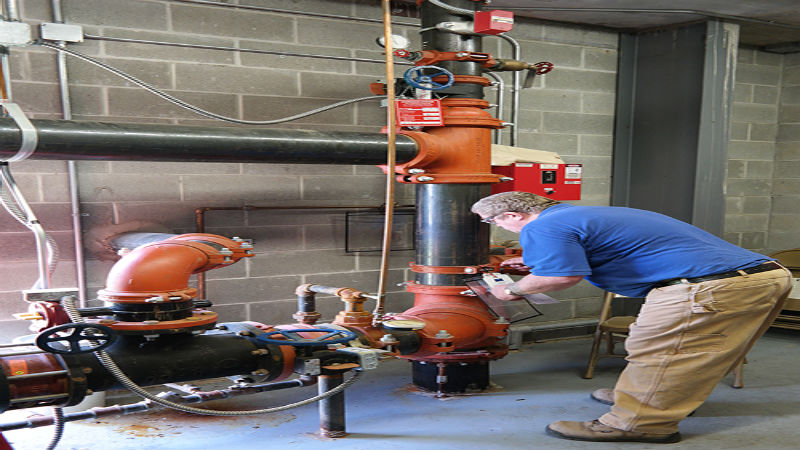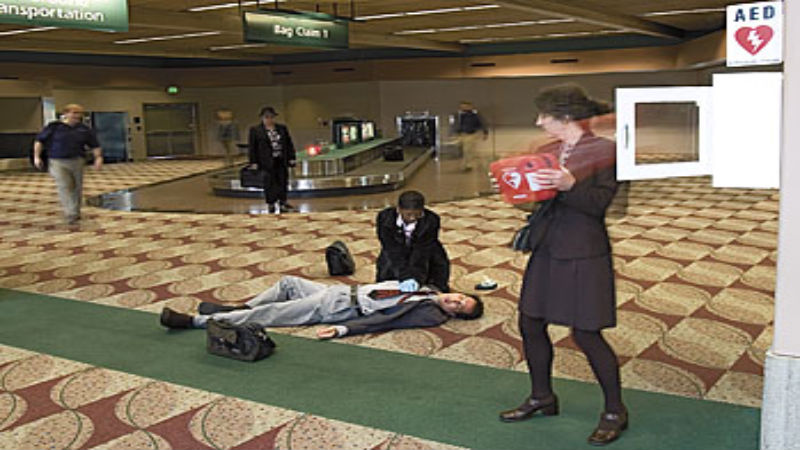As the owner of a restaurant, you may already know the importance of implementing fire safety practices and routines in your kitchen. You have given your employees the necessary training for safely using equipment, keeping it maintained and cleaned and making sure the right shut down and start up processes are followed. However, even with all those things done, a fire is still possible. That’s the reason why it’s important to understand restaurant fire suppression in kitchens and how it works.
How Fire Suppression Systems Work
Many restaurant hood fire suppression systems operate through a fusible link – a type of mechanical device that has two pieces of metal linked together with a special alloy that will melt when it reaches a certain temperature. When a fire occurs in melts the alloy, the link separates and causes fire extinguishing chemical material to discharge.
As well, a quality restaurant fire suppression system cuts off the flow of fuel to gas-fired cooking equipment in the area that it feeds, which subsequently cuts off the production of heat to the source of the fire. A fire suppression system can usually quash flames in the kitchen within just a few seconds. These systems can prevent a fire from damaging surrounding the kitchen equipment and spreading into the rest of the building.
Wet Chemcial Extinguishing Agents
Today’s modern kitchens cook at higher, more concentrated heat than those of the past, often with vegetable based cooking oils, making them hard to put out.
The fire suppression equipment in modern kitchens uses what chemical extinguishing agents. The substances are dispersed making contact with blazing hot cooking oil which creates a soapy layer on the surface of the oil. The fire is extinguished while the oil is cooled down and cut off from the source of oxygen that can cause it to thrive. These wet chemicals are very effective at preventing oil from reigniting after being extinguished.
Restaurant fire suppression systems are usually incorporated within a restaurant exhaust hood and arranged to match the equipment they are designated to protect. Nozzles are aimed at the appropriate locations in order to protect equipment effectively in a given area. These systems also protect ducts and hood plenums, elements that collect grease and can become a fire hazard.



